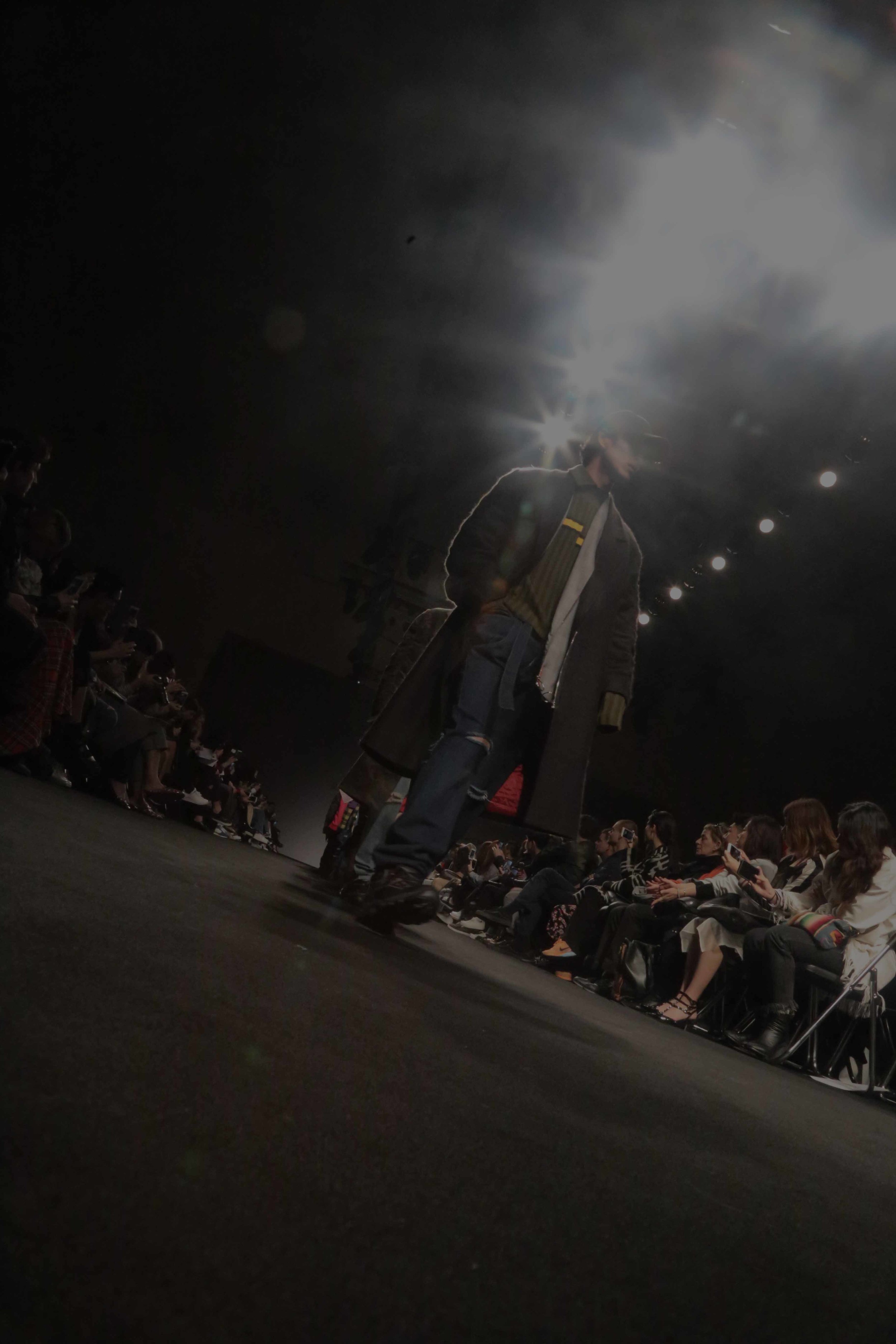제목: “The T100 Fishnets Couple”
쵤영 장소: Itaewon, Seoul
촬영내용: Itaewon has become the new hot destination for Christmas and Christmas Eve, which is a romantic holiday for young people in their 20s in Korea. We caught this student couple in one of the hottest coffee shops in the area, the T100. The girl is wearing one of the biggest fashion items we saw on the street from last Seoul Fashion Week, wide fishnet stockings, along with the winter miniskirt.
제목: “SKECHERS Eskimo & Minidress Couple”
쵤영 장소: Itaewon, Seoul
촬영내용: Itaewon has become the new hot destination for Christmas and Christmas Eve, and we caught this working couple in one of the hottest areas in Itaewon, where a place once full of bars for Americn GIs in years past has now become full of coffee shops and clothing stores, along with many trendy restaurants.
제목: “Christmas Girlfriends”
쵤영 장소: Itaewon, Seoul
촬영내용: Itaewon has become the new hot destination for Christmas and Christmas Eve for young working girls in their 20s, and and not just for couples. Here, 3 students in their early 20s, are having a communal Christmas date, just like many groups of young girls who meet on the holiday to help round out the year with friendship and food. Itaewon has become a place for gendered consumption, led by women in their 20s and 30s — the only Korean men you really see here these days are almost always brought there by women, often their girlfriends.
제목: “Christmas Sisters”
쵤영 장소: Itaewon, Seoul
촬영내용: Itaewon has become the new hot destination for Christmas and Christmas Eve for young working girls in their 20s, and and not just for couples. Here two sisters go out on a “Christmas date” because they claim to have no boyfriends. The sister in red is studying to become a police officer, while the sister with the amazing super-short winter minidress tells us that “it is never too cold to look good.”
제목: “The Le Cafe Girl”
쵤영 장소: Haebangchon, Seoul
촬영내용: “Haebangchon” is the nickname for the small neighbourhood that was originally a North Korean refugee camp area after the Korean War since it was right next to the US military base. It became a haven for foreign residents, first American GIs looking for cheap, off-base housing, then for the growing ranks of foreign English teachers looking for US-style rent. Now, it’s become a trendy destination for young Korean women looking for the next exotic thing to eat with their friends. And hence, fashionable people flock here nowadays. we caught this young lady, a fashion designer in her mid-20s outside a local cafe with a trendy, formal miniskirt to die for, along with the trendy black loafers
of the season.
제목: “Hackney Girls”
쵤영 장소: Haebangchon, Seoul
촬영내용: “Haebangchon”, as a trendy destination for young Korean women looking for the next exotic place to go with friends, is now a destination to which fashionable people flock nowadays. We caught these two young ladies outside the HACKNEY coffee shop, this is absolutely the most popular one in the area for young, Korean girls in their early 20s.
제목: “The Fancy Kobawoo Couple”
쵤영 장소: Haebangchon, Seoul
촬영내용: “Haebangchon”, as a a trendy destination for young Korean women looking for the next exotic place to go with friends, is now a destination to which fashionable people flock nowadays. We caught this couple outside the Bonny’s Pizza sports pub/pizza place, which has become the place to experience American foreignness for young Koreans. People definitely dress their best to go here, and this couple was the most dressed up in the line on Christmas Eve, which is a hard competition to win. Interestingly, formal looks can be deceiving — or at least, concealing — he’s a tattoo artist and she’s a fashion design student.
제목: “The Matching Bonny's Couple”
쵤영 장소: Haebangchon, Seoul
촬영내용: “Haebangchon”, as a a trendy destination for young Korean women looking for the next exotic place to go with friends, is now a destination to which fashionable people flock nowadays. We caught this couple outside the Bonny’s Pizza sports pub coffee shop, which has become the place to experience American foreignness for young Koreans. It is also directly across from the most iconic place in Haebangchon, the Kobawoo Supermarket. This young couple in their mid-20s was very Korean and super-matchy in a wintery way — with coats and Adidas shoes. This is absolutely THE thing for Korean couples to do, as it publicly declares their couple status to all who can see, and this was one of the best examples of the winter, on the most romantic day of the year, in one of the most popular places for young people in Seoul these days.















